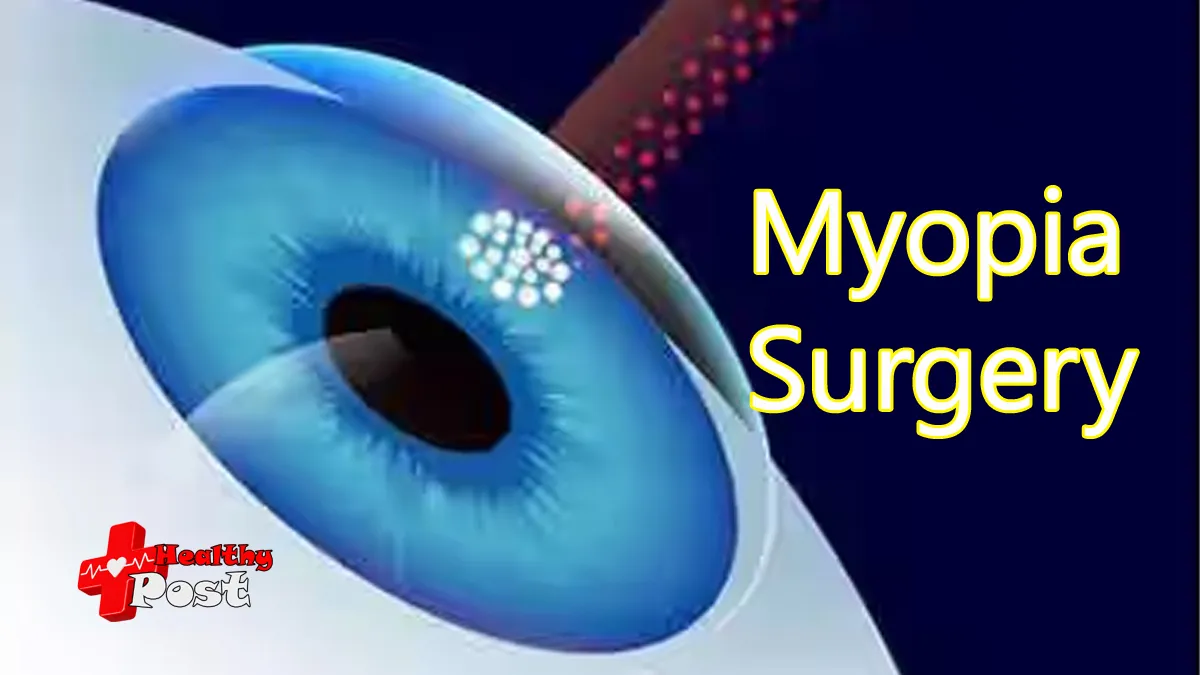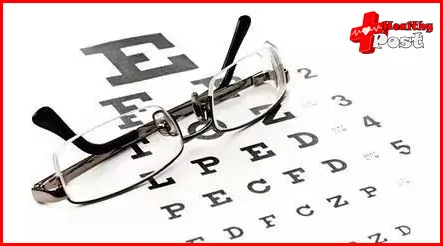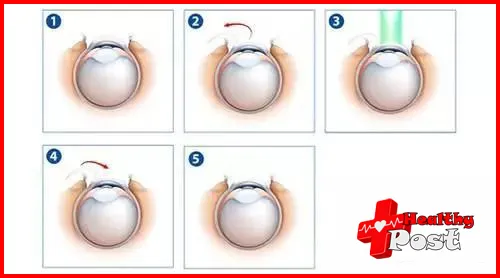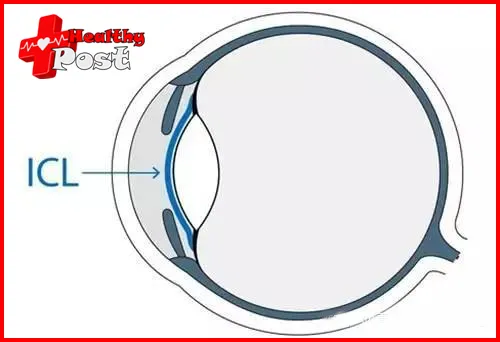
Which of the 4 types of myopia surgery is the most reliable?
Many people refuse surgery for myopia, firstly because they’re worried it’s unsafe—I’ve heard ophthalmologists don’t even perform it themselves—and secondly because they’re afraid of “rebound”—my friend developed myopia again every two years after surgery. Is this really the case?
Don’t ophthalmologists perform myopia surgery themselves?
In fact, many ophthalmologists have performed myopia surgery. Some doctors do not perform it, probably because the degree of myopia is not high and there is no need for surgery. Moreover, myopia surgery is indeed not for everyone. If you do not meet any of the following hard conditions, you will not be allowed to do it:
❶Age 18-50
❷Myopia degree has not changed much in the past two years, and the annual increase does not exceed 50 degrees
❸No eye diseases such as keratoconus , glaucoma , lagophthalmos, severe dry eyes, etc.
❹No diseases such as diabetes that may affect wound healing
Whether you can have myopia surgery or not, you still need to find an ophthalmologist to check your eyes carefully to confirm it.

Do myopia surgery this way, no need to worry about “rebound”
The “rebound” of myopia surgery occurs because some people with thin corneas or high myopia have forced myopia surgery, and their corneas change again, which may cause them to have difficulty seeing clearly.
Another problem is that the degree of myopia is unstable, increasing by more than 50 degrees every year . Even if the current myopia is cured by myopia surgery, the degree of myopia will continue to increase in the future. This is why all myopia surgeries require the degree of myopia to be stable before surgery can be performed.
Therefore, as long as the hard conditions for myopia surgery mentioned above are met, there is generally no need to worry about “rebound” .
Myopia surgery is divided into two categories
There are many types of myopia surgeries, but there are currently two commonly used categories. One is laser surgery, including half-minute, full-femtosecond and Trans-PRK surgeries , which mainly use laser technology to “cut” your cornea into a pair of glasses that suits you; the other is ICL lens implantation, which is equivalent to putting contact lenses in your eyes.
Choose from 4 surgeries you want and can do
Each of the four surgeries has its pros and cons. Myopic students, please squint your eyes and take a closer look.
1. Semi-femtosecond surgery

First, use a femtosecond laser to open the cornea, then use the laser to “carve” out a pair of “glasses” from the inside of the cornea, and then cover the cornea back.
Advantages: Rapid improvement of vision
After the operation, the visual acuity can immediately reach 1.0, and problems such as astigmatism can also be solved at the same time.
Disadvantages: Pain, dry eyes
The operation is slightly painful, so those who are afraid of pain or the elderly should think twice.
After the operation, your eyes will feel dry, and it will take about half a year to slowly recover.
Because the cornea needs to be opened, there is a risk of corneal displacement, but it is almost impossible for the cornea to fall off. However, boxers, astronauts, etc. cannot undergo this operation.
2. Femtosecond Surgery (Smile)
This surgery does not require opening the cornea. Instead, the laser is used to “carve” out the “glasses” on the cornea, and then a small incision is made to take out the “carved” parts.
Advantages: Cornea is less likely to have problems
Because the cornea is not opened, only a small incision is made at the edge. This reduces the likelihood of future corneal problems and allows for a faster recovery. It is suitable for people who enjoy sports, such as boxing. Furthermore, postoperative dry eye symptoms are milder than with semi-femtosecond surgery, making it suitable for those who are prone to dry eyes.
Disadvantages: Surgery is difficult
The disadvantage is that an incision, though small, is required, leaving a corneal scar. Furthermore, due to the technical difficulty and multiple steps involved, complications such as corneal stromal lens tearing, residual tissue, and difficulty removing the lens may occur. Therefore, choosing a skilled surgeon is crucial.
3. Trans-PRK surgery
Directly shave the surface of the cornea into “glasses”.
Advantages: Safety
TPRK is a procedure performed directly on the surface of the cornea. It does not involve incisions, so it leaves no scars and offers better results. Furthermore, the procedure is simple and can be completed in one step, making it safer. This procedure is best suited for people who work in high-intensity occupations, such as athletes, soldiers, police officers, and firefighters.
Disadvantages: A bit uncomfortable, can’t be used for high-degree
Postoperative irritation symptoms such as tearing, photophobia, and foreign body sensation are slightly severe and last for 1-2 days. The patient is uncomfortable and it takes about a week for vision to return to normal.
For high myopia, there is a high chance of corneal fogging. Myopia above 700 degrees is not suitable for Trans-PRK surgery.
Cost: The cost of surgery for both eyes is only around 10,500 yuan, making it an excellent value for money! If you’re an athlete with moderate myopia and aren’t afraid of pain, this surgery is definitely your first choice!
Note: People with myopia of more than 1200 degrees are absolutely not allowed to undergo laser surgery!
4. ICL lens implantation surgery

ICL is a lens that is made smaller and placed in the eye.
Advantages: Can be used even for those with high myopia, and recovery is fast
It can be used for myopia within 2000 degrees. Those whose corneas are too thin to undergo laser surgery can also consider trying ICL.
Recovery after surgery is very fast, usually within 3-5 days.
Disadvantages: Possible infection
Because something is added to the eye, there is a chance of infection, cataracts, glaucoma, and other problems, but the probability is extremely small. Generally, after the surgery, you should take good care of yourself and consult a doctor if you feel any discomfort.
Although myopia surgery has certain risks, it is still very safe with current medical technology. Please be sure to find a regular ophthalmology hospital and a professional ophthalmologist to minimize the risks of surgery and restore your vision to a clearer world.


One thought on “Which of the 4 types of myopia surgery is the most reliable?”